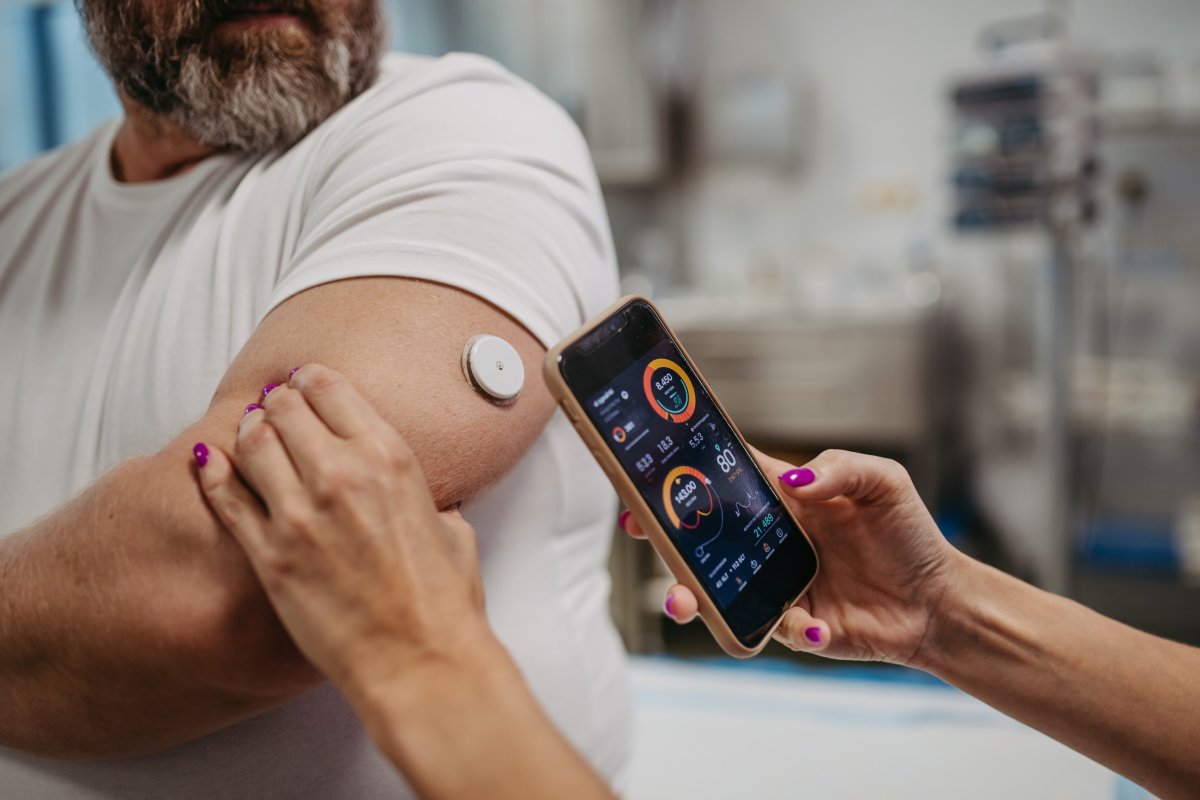A recent study found that type 2 diabetes will increase by about 20 percent in the United States between 2012 and 2022, with the South and Midwest most affected.
The states with the largest increases were Arkansas, Kentucky, and Nebraska, with a total of 10 states (Arkansas, Kentucky, Nebraska, Texas, Alabama, Minnesota, Illinois, West Virginia, Delaware, and Massachusetts) seeing increases of 25% or more.
“Policy makers and public health officials need to focus on these areas as they are at higher risk of developing diabetes,” lead author Surakshan Neupane said in a statement.
More from the Newsweek Vault: What is a Health Savings Account?
“Diabetes is increasing every day in the United States and will continue to increase in the coming years.”
According to statistics from the Centers for Disease Control and Prevention and the American Diabetes Association, more than 37 million Americans, or about 1 in 10, have type 2 diabetes, including more than 1 in 5 people over the age of 65, at a total estimated cost nationwide of $412.9 billion.
“Type 2 diabetes is a disease caused by consuming too many refined carbohydrates,” nutritional therapist Kirsty Lawton said. Newsweek.
More from the Newsweek Vault: Compare the Top Health Savings Account (HSA) Providers
“When we consume more of these than our body can process, excess insulin is released. First, we become 'insulin resistant'. In this case, our body's cells are overwhelmed by the presence of insulin in the blood and stop responding to the demand for glucose.
“Imagine insulin as the postman knocking on your door to deliver your mail. A few times a day is fine, but all day long and you start to lose your response. Over time, this can lead to prediabetes and eventually type 2 diabetes.”
More from the Newsweek Vault: Online vs. brick-and-mortar banks
Researchers used data from a nationally representative health survey of more than 400,000 people across the United States to identify trends in type 2 diabetes in 2022 compared with 2012.
In states with high levels, study He suggested this was due to socio-economic differences.
“Unfortunately, we live in a society where fresh, organic, whole foods are more expensive and highly processed, refined foods are cheaper,” Lawton said.
“Low-income areas are known to have higher rates of many social problems, which can make healthy eating less attainable or less of a priority.”

Half Point/Getty Images
However, these areas also had a higher proportion of people with disease risk factors in terms of age, race, weight, and activity levels.
Specifically, the prevalence of type 2 diabetes has risen dramatically among non-Hispanic blacks nationwide, to just under 16%, and southern and midwestern states have large populations of non-Hispanic blacks.
Similarly, higher-income people, who were less likely to live in these areas, were 41% less likely to be diagnosed with type 2 diabetes, and those with a college education were 24% less likely to have diabetes.
The data also identified overweight and lack of physical activity as major risk factors, with one in five obese people reported to have type 2 diabetes by 2022, and one in 10 people classified as overweight.
Physical activity appears to have a protective effect: Fewer than 10% of people who reported being physically active reported having type 2 diabetes, compared with 19% of inactive people.
“Be more active,” says Neupan, “and pay more attention to your physical health. While some risk factors, such as age and race, cannot be changed, there are things you can do to lower your risk of diabetes, such as eating a healthy diet, maintaining an active lifestyle and losing weight.”
“There are many factors contributing to the rise in diabetes, the most important being the excessive consumption of refined carbohydrates in the Western diet, such as pastries, pies, pizza crust, white bread, rice and pasta,” Lawton said.
“There are other factors too: lack of exercise, disrupted sleep, high stress levels and exposure to various environmental factors all play a role.”
“The best way to support your blood is to eat regular meals, with protein-rich snacks in between when you're hungry, and make sure your meals are balanced.”
“Try to limit processed foods where possible. A low-carb support program can be helpful.”
Any tips on food? Newsweek Have a story we should cover? Have a nutrition concern? Let us know at science@newsweek.com so we can reach out to our experts and feature your story. Newsweek.
References
Neupane, S., Florkowski, W.J., Dhakal, U., Dhakal, C. (2024). Regional variations in the prevalence of type 2 diabetes and associated risk factors in the United States. Diabetes, obesity, metabolism, Not applicable (not applicable). https://doi.org/10.1111/dom.15797
Neupane, S., Florkowski, W. J., Dhakal, C. (2024). Trends and disparities in diabetes prevalence in the United States, 2012-2022. American Journal of Preventive Medicine 67(2), 299-302. https://doi.org/10.1016/j.amepre.2024.04.010


